Author: naval encyclopedia
Amiral Duperre (1879)
France. Barbette Ironclad Amiral Duperre. Built 1877-82, service until 1905 After the first steel-built ironclads, the Devastation class, which were…
Hai’an class class cruiser (1872)
Imperial Ming Navy – Steam Frigates Hai’an (海安) or known at the time the Zhen’an (镇安 or Chen-an) class of…
Update Aoba class
The two Aoba class thus followed the Furutaka a year apart as heavy cruisers, and their development did not took…
Koni class Frigate (1975)
Project 1159 Del’fin class “patrol ships” Frigates NATO Koni I/II/III) 1975-1988: 15 completed. The Koni class (NATO reporting name) were…
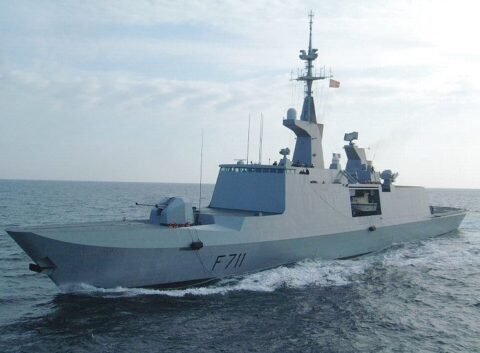
Lafayette class Frigate (1992)
French Navy: 5 Frigates (F710-714), active: La Fayette, Surcouf, Courbet, Aconit, Guépratte. Bastille Day ! The Lafayette class were the…
Sierra class submarine
Project 945 Barrakuda (NATO SIERRA I) Project 945A Kondor (NATO SIERRA II) Nuclear attack submarines: 5 planned, 4 completed 1979-1992,…
Update Etna class cruiser
Etna was the only survivor of a class of four protected cruisers dating from 1885-1888. Designed by Carlo Vigna and…
Kyūshū Q1W Tōkai “Lorna”
IJN ASW aircraft (1943-1945) 153 built The Kyūshū Q1W Tōkai (“Eastern Sea”) was the first and last Imperial Japanese Navy…
Hunt class Destroyer Escort (Type 1)
UK Royal Navy: 23 (86 total) ships. The Hunt class were escort destroyer of the Royal Navy, with first vessels…

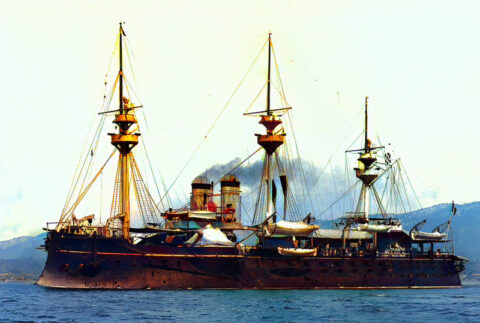
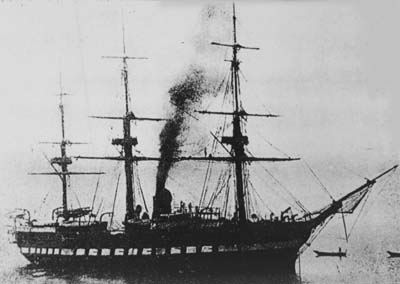
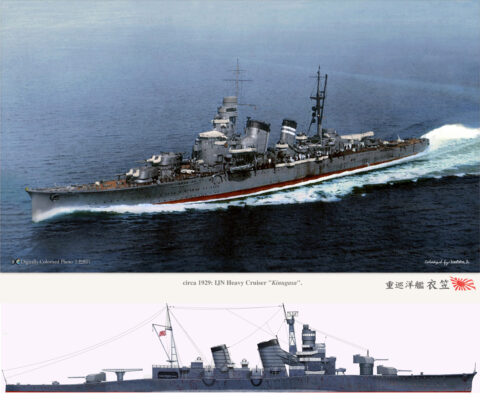
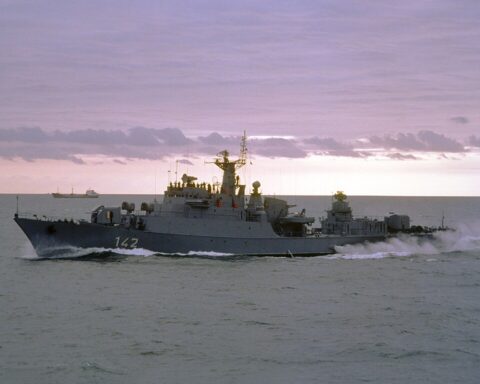


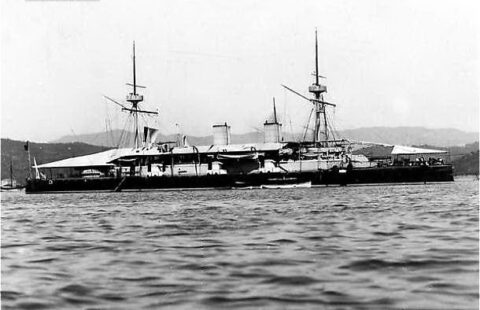
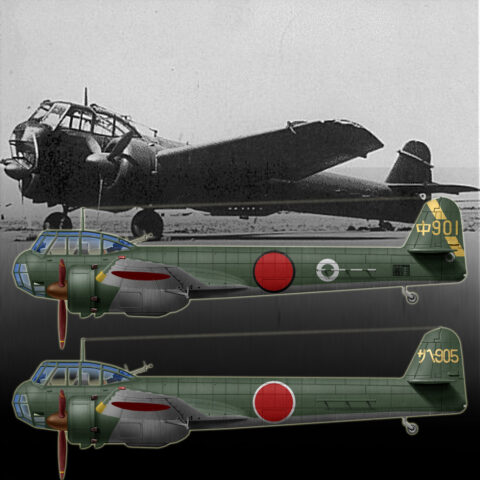
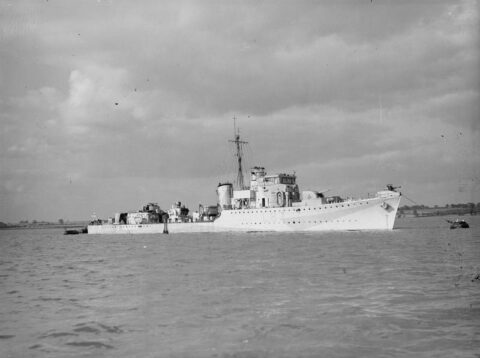
 dbodesign
dbodesign